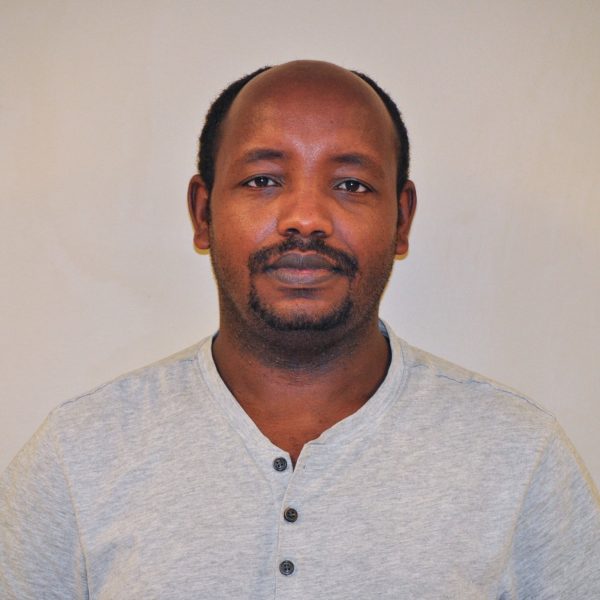Colgate Professor Involves in Excavating Oldest Roman Temple
Utilizing recent technological advances, Research Professor Albert Ammerman and collaborators have recently excavated a Roman temple dating back to the early sixth century B.C..
“Archaeologists were able to date the temple back to the sixth century using very sophisticated pottery found in the dig and ceramics,” Ammerman said.
Located at the bottom of Capitoline Hill, in Rome, the temple was probably dedicated to the Roman goddess of fortune, Fortuna. With the Tiber River located yards away, archaeologists believe that the temple was used as a method to welcome and attract incoming merchants to the harbor.
In the polytheistic Roman religion, Fortuna was not one of the essential gods, thus archaeologists hypothesize that the goddess in the temple, an emblem of fortune, was used to assuage distress in the market place.
Ammerman also emphasizes how the Romans played an active role in shaping the environment to best suit their economy.
“The Tiber River today is nearly 100 yards from the site, although the neck of the Tiber is believed to have been right at the bottom of the temple during the sixth century B.C….the Romans had encroached upon the river,”Ammerman said.
According to Ammerman, the type of stone found in the temple also indicates that the stone was not locally purchased, but imported. During this time, Rome was trading with places such as Cyprus, Lebanon and Egypt, which are all potential places where this stone could have originated.
At the Sant’Omobono Dig, Ammerman used a technique called coring to develop a projection of what diggers would find upon excavating the hole.
“It’s like a biopsy in modern medicine…it allows you to know beforehand what you will likely find,” Ammerman said.
Ammerman first began working on environmental studies projects in Italy during 1985 when the Italian government asked him to research environmental studies as well as three large excavations
in Ancient Rome.
Over the following twenty years, Ammerman conducted research at over 15 sites in Rome. He became intrigued by the idea that there was no significant landmark inbetween the Tiber River and the Roman Forum.
In 2003, Ammerman first completed a deep coring project at the Sant’Omobono Dig, allowing him to gain knowledge about the stratified site. When the project to excavate the Temple of Fortuna was initiated in 2012, Ammerman began collaborating with archaeologist Nicola Terrenato from the University of Michigan.
Ammerman will return to the dig this summer when he will continue to excavate the project using methods of coring in deeper and larger holes. Meanwhile, diggers on the site will be working to remove nearly 100 cubic meters of Tiber River sediments.
With this new excavation and further digging under way, Ammerman elucidates the possibility that there could even be prehistoric remains under this Roman temple.
Contact Natalie Pudalov at







